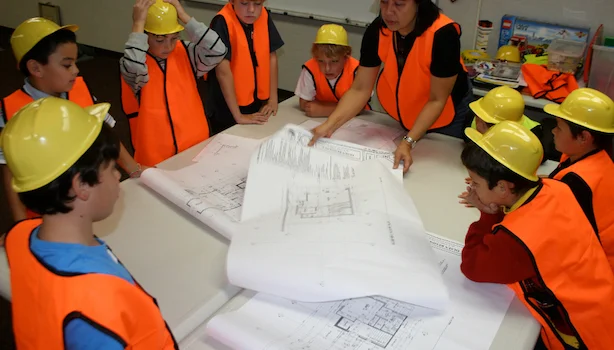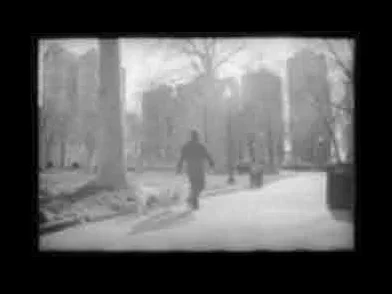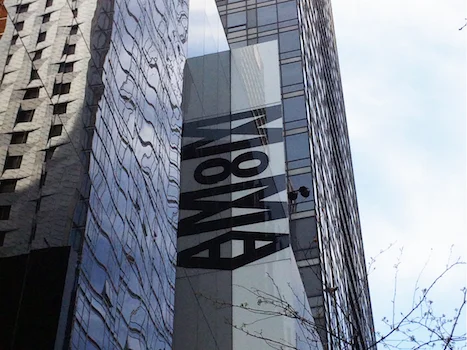Science fiction writers don't always get the respect they deserve, but their visions of the future often become very real. Although we haven't yet reached the dystopia of Bladerunner's 2019 Los Angeles, it is worth taking stock of what has come to pass and how we must respond to it as designers and citizens.
Read MoreRight now New York City's century-old networks of roads, trains and bridges seems on the brink of collapse. In response, Loci considers the value of infrastructure, in both pragmatic and poetic terms.
Read MoreIn our current cultural climate, as conventional wisdom is being eroded, challenged, and denied, how can someone build a set of core beliefs? It might be that everyday encounters with those around us, and our ability to remain inquisitive and open to change, make the most impact.
Read MoreWe know literacy is necessary for people to make informed social, political and economic decisions. But what tools are training are necessary for people to make informed decisions about architecture and design? Loci considers what’s required, and what’s at stake.
Read MorePope Francis' second encyclical Laudato Si advocates stronger environmental stewardship. In it David Briggs finds a revolutionary call for architects to move beyond green metrics, and find a way of building that honors both earth and spirit.
Read MoreAt a time of social unrest, David Briggs thinks about how designers and architects work, and how their method can engage matters of civil justice.
Read MoreWould a workplace refashioned to support female architects be one that's more supportive for everyone?
Read MoreStarting a successful community garden requires inspiration, innovation, and lots of hard work. Heather McKinstry, co-founder of Sprout Farms in Williamsburg, Brooklyn, shares a firsthand account.
Read MoreThe architecture of our streets and cities shapes the way we interact with each other, sometimes imperceptibly. After personal investigation, Rebecca Della Peruta reflects on whether it isolates the homeless.
Read MoreA critical part of an architect's work is getting the work. Ed Jose shows us how, throughout history, self-invention, self-promotion, and socializing have been instrumental.
Read MoreNew Yorkers were outraged when MoMA tore down the Museum of Folk Art building as part of their current expansion. As Kenneth Miraski explains, the real tragedy might be MoMA's lack of a compelling overall vision.
Read MoreNow that Gowanus, Brooklyn is rising from decades of postindustrial neglect, David Briggs turns to Detroit to see what designers and developers can learn from that city's history.
Read MoreIn “The City in History,” Lewis Mumford described how the first great cities of Athens and Rome succumbed to the disparity of a city’s subcultures and accumulation of wealth for the privileged classes.
Read MoreAs I start to write this, I am sitting in my darkened office on lower Broadway two days after Hurricane Sandy wreaked havoc on our city. There is no power in Lower Manhattan, the subways are not running, and my staff is scrambling to take a computer offsite.
Read MoreNYU recently announced that it would reduce the size of its proposed expansion by almost 20% in an attempt to overcome the surrounding community's strong opposition to the plan.
Read MoreLudwig Mies van der Rohe was a German-American architect. He is widely regarded as one of the pioneers of modern architecture. His work can be seen in Europe as well as in the United States where he emigrated to in 1938.
Read MoreBesides my penchant for architecture and anything of the sort, I have always had a fascination with aviation. Civil aviation to be more precise. I like to fly, and it is often the best part of any trip that I take. Whether it is the plane, the view at 36,000 feet or the bustle of an airport, I enjoy this facet of our society.
Read More


















